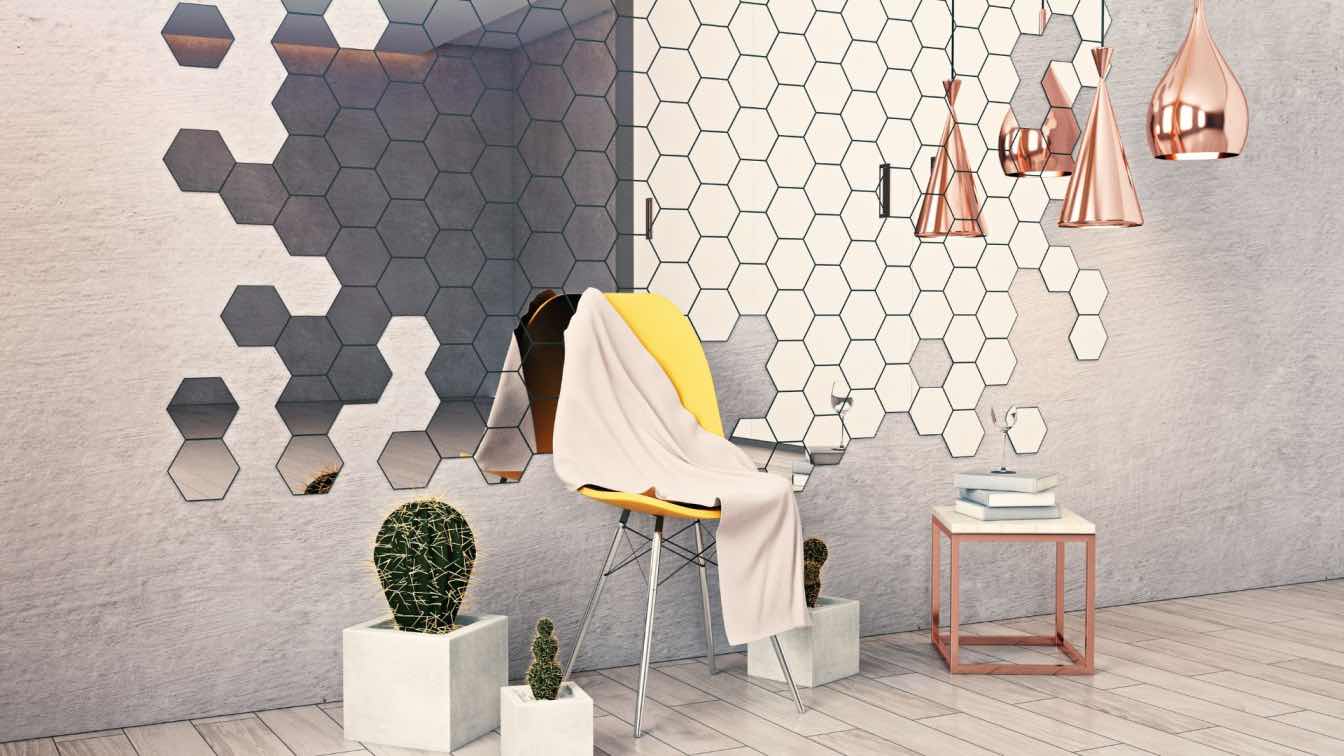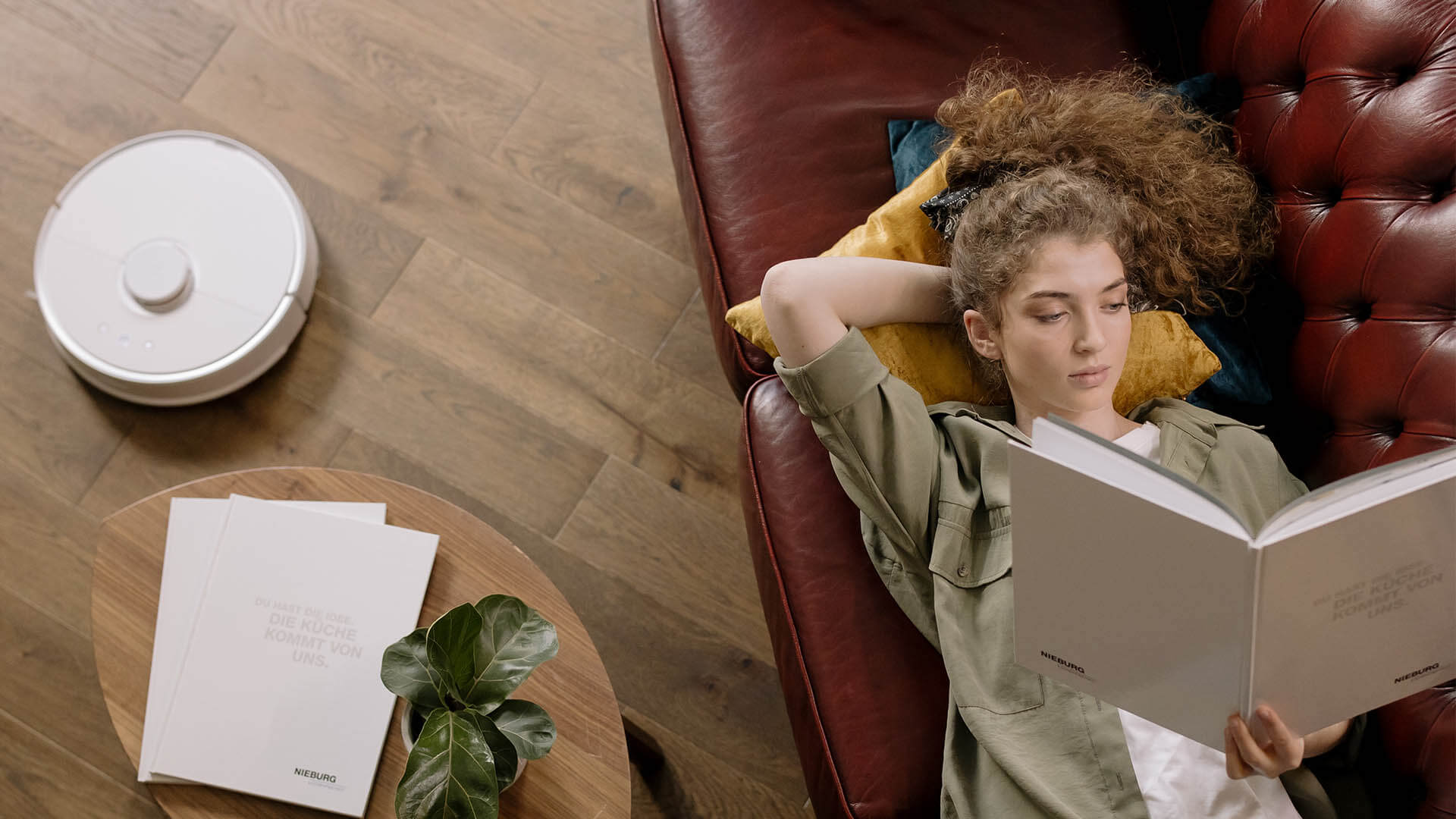Due to the COVID-19 outbreak, family members were confined to their homes to prevent catching the virus from other people. This is exactly why the household's home utilities are nearly exhausted and frequently used, most especially water.
Common households use water in the kitchen, toilet, washing machines, and faucets. Consequently, the house's plumbing system may experience various problems. Yet, some of these problems are manageable as long as appropriately detected.
Common Plumbing Issues and How to Solve Them
Sometimes, professional help from a plumber that offers general plumbing services nationwide is needed to address an issue with your water system. However, there are simple things you can do to address the problem on your own.
Hence, here are the most common plumbing issues you might encounter and the different ways you can solve them.
Clearing Clogs
Clogs are a common indoor plumbing issue that many homeowners have experienced. Fortunately, you can fix this issue and prevent it from happening again in the future.
● Clogged Toilets
After being flushed, excess waste, toilet paper, and non-flushable stuff can get caught in the toilet trap. Even deposit hairs might get the toilet clogged.
To solve it, you can make a do-it-yourself drain cleaner, especially if you don't want to buy one in the supermarket.
First, fill the toilet with one cup of baking soda, two cups of vinegar, and a half-gallon of hot water to make your drain cleaner. Dish soap can also aid in the removal of some blockages. Allow the mixture to rest overnight before flushing the toilet.
● Clogged Bathroom Drains
The majority of bathroom drain clogs happen when dirt, including skin flakes and even hair, clings to soap scum on drainpipe walls or stoppers of the drain.
To fix this, fill your drain with 1/4 cup baking soda. Ensure that all of the baking soda is flushed down the drain by using a funnel. Using the same funnel, pour 1 1/4 cup white vinegar down the sink. To plug the drain, use a sink stopper.
● Clogged Kitchen Sink Drain
Food and cooking grease are the most common things that are lodged in the pipe, causing your sink to drain slowly as the water encounters a block down there.
You can use the same drain cleaner solution composed of baking soda, vinegar, and hot water. Aside from this, you can also try using a wet and dry vacuum. Set the hose end at the drain's opening, then make a tight seal between the hose end and the drain. If the blockage is on another side of a double sink, use a rubber stopper to close the other side.
Borax, vinegar, and salt create an excellent drain cleaner solution for the sink too. To begin, combine 1/4 cup Borax, 1/2 cup vinegar, and 1/4 cup salt. Pour in a pot of boiling water and set aside for at least one hour or until the solution clears. Dispense it to the drain, then rinse with hot water to clear the solution off the sink.
Detecting Invisible Leaks
Leaks could be signs of a more significant plumbing issue. Water pressure problems and pipe damage are the most common causes of plumbing leaks in a house.
If you suspect that there might be a leak because of the increase in your water bill, you should try this hack to detect leaks. First, turn off the water both in and out of your house to check for leaks. Then, see the test hand and observe if it moves. If it does, there is water dripping somewhere in your house.
For pipes inside walls, you can refer to the formation of molds as an indicator of leaks. You may have a leaking pipe if you notice mold in unexpected areas where water does not typically accumulate, such as non-shower walls. Also, if your wall is peeling paint or wallpaper, it’s a positive sign of leaking too. Problems like this warrant including licensed plumbing experts into the equation to ensure the issue is accurately diagnosed and properly addressed. Attempting to fix these hidden leaks on your own may not only be ineffective but could also lead to further damage, which is why professionals should be called in to resolve the situation swiftly and safely.
Running Toilet
A phantom flush or running toilet is an issue that occurs when a toilet turns on and off on its own or runs irregularly. Basically, a faulty flapper is the leading cause of a running toilet.
The first thing to do in order to solve this is to look at the overflow tube and the toilet float. If the float is set too low, the tank will be filled with insufficient water, resulting in a low-pressure flush. After this, adjust the height of the float by bending the brass rod or turning the screw to achieve a steady and strong flush.
Filthy Garbage Disposal
The mixture of baking soda and vinegar is unbeatable. It can also be used to deodorize garbage disposals. You can now disinfect your garbage disposal by pouring a 1⁄2 cup of baking soda and a cup of white or apple cider vinegar. Just let the solution sit for an hour and enjoy odor-free garbage disposal later.
Final Thoughts
Simple plumbing troubles can get extra problematic if continuously neglected. These troubleshooting techniques are quick-fix methods. Therefore, the given issues can reoccur, demanding professional help in the future. However, with practical do-it-yourself tips and tricks, your household plumbing system can endure even during a harsh quarantine period.





